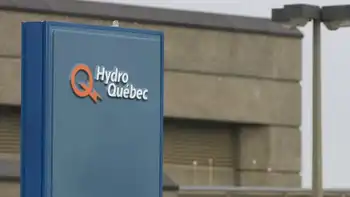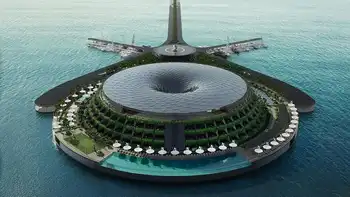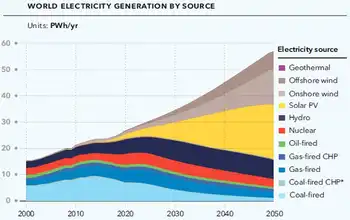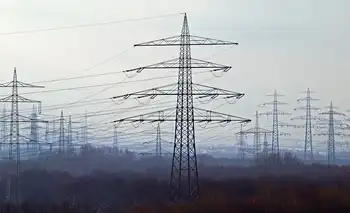Panama to invest in two hydropower plants
PORTOBELO, PANAMA - Panamanian companies Hidro Piedra SA and Panam Development Corporation will invest $46 million to build two hydropower plants to add electricity to the national grid.
The Rio Piedra project is located on the Rio Piedras, near the city of Portobelo. The facility will have an installed capacity of 8.5 megawatts MW and will consist of two 4.25-MW Pelton hydroturbines. At the moment, the site is being prepared and roads are being built. Construction of the facility is expected to begin in December 2010 and last about 24 months. The estimated investment for this project is $30 million.
The Ojo de Agua project is located by the Grande river in La Pintada city. The plant will be equipped with two 3.25-MW Francis hydraulic turbines, providing a total output of 6.5 MW. Construction is expected to begin at the begining of 2011, with plant startup scheduled for early 2013. The total cost of this project is about $16 million.
During the next few years, several hydroelectric power plants are scheduled to to begin operations in Panama, including the Changuinola 223 MW, Prudencia 57.4 MW, Monte Lirio 52 MW, Lalin I 19.5 MW, Lalin II 38.6 MW, Lorena 34.8 MW, Pando 33 MW and Bonyic 30 MW.
These projects will increase Panama's generating capacity by adding more megawatts to the national grid to satisfy the country's growing power demand. Power demand increased 12 last year, doubling the normal demand of 6.
Panama has an installed capacity of 1,700 MW, which will be significantly increased with this new hydropower generation, which also help improve the country's energy matrix by avoiding reliance on petroleum products to produce power.
Related News
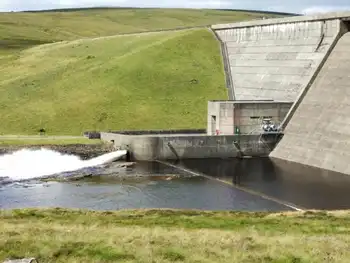
Hydropower Plants to Support Solar and Wind Energy
LONDON - Hydropower plants can support solar and wind power, rather unpredictable by nature, in a climate-friendly manner. A new study in the scientific journal Nature Sustainability has now mapped the potential for such "solar-wind-water" strategies for West Africa: an important region where the power sector is still under development, and where generation capacity and power grids will be greatly expanded in the coming years. "Countries in West Africa therefore now have the opportunity to plan this expansion according to strategies that rely on modern, climate-friendly energy generation," says Sebastian Sterl, energy and climate scientist at Vrije Universiteit Brussel and…

